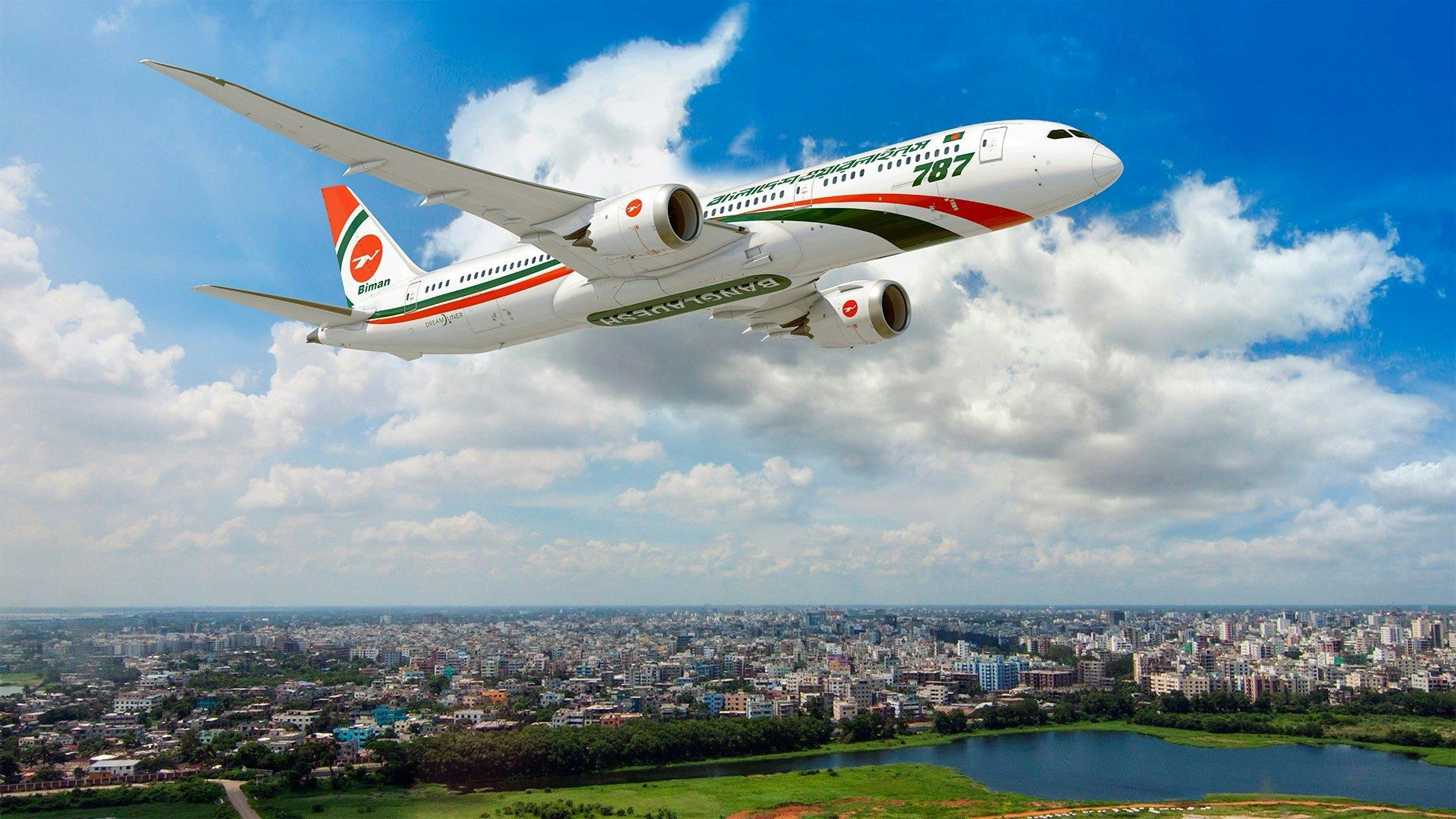
AeroGenie — 您的智能副驾驶。
热门趋势
Categories
AirAsia Orders 50 Long-Range Airbus Jets in $12 Billion Deal to Extend Global Reach
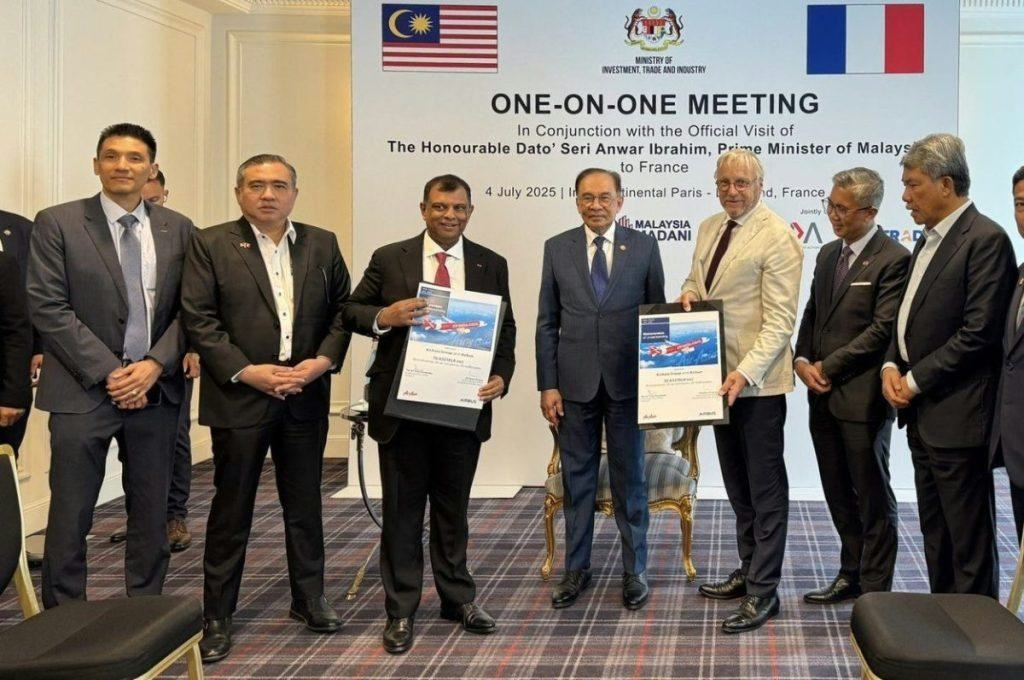
AirAsia Commits to 50 Long-Range Airbus Jets in $12 Billion Expansion Plan
AirAsia has announced a landmark agreement to purchase 50 Airbus A321XLR aircraft, valued at $12.25 billion, with options for an additional 20 jets. Scheduled for delivery between 2028 and 2032, this acquisition represents one of the largest in the Malaysian budget carrier’s history and signals a decisive move to broaden its international presence.
Strategic Shift Towards Long-Haul Low-Cost Travel
The Airbus A321XLR is distinguished by its extended range and fuel efficiency, enabling airlines to operate longer routes without incurring the higher costs typically associated with larger wide-body aircraft. AirAsia’s investment reflects a strategic pivot towards deploying smaller, more versatile aircraft to access new long-haul destinations while preserving the low-cost business model that has been central to its success.
Tony Fernandes, CEO of AirAsia’s parent company Capital A, characterized the order as a transformative milestone. He emphasized the airline’s ambition to elevate low-cost travel in Asia to a global scale, stating, “We pioneered low-cost travel in Asia—now, we are taking it to the next level. We gave people in ASEAN the opportunity to explore Asia—now we want the world to see ASEAN, and ASEAN to see the world.” Fernandes further outlined plans to establish “the world’s first low-cost network carrier,” aiming to provide global connectivity comparable to full-service airlines such as Emirates and Qatar Airways, but at significantly lower prices.
Challenges and Industry Implications
Despite the promise of this expansion, the $12 billion investment entails considerable financial risk, demanding substantial capital to support the new fleet. Industry analysts caution that launching new long-haul routes while maintaining cost efficiency presents complex operational challenges. Investor confidence may be tested as AirAsia seeks to realize its global ambitions amid intensifying competition.
The competitive environment is evolving rapidly, with other low-cost carriers like Ryanair and EasyJet reportedly exploring similar long-range fleet expansions to capture emerging markets. Meanwhile, established full-service airlines, including Emirates and Qatar Airways, are expected to bolster their networks and services to protect their market share.
AirAsia’s order also reflects a broader trend within the aviation sector, where budget carriers are increasingly challenging traditional network airlines on longer routes. The capabilities of the A321XLR could enable AirAsia to connect secondary cities across continents, offering travelers more affordable international options.
As the delivery timeline approaches, industry observers will closely monitor AirAsia’s ability to execute its ambitious strategy and navigate the financial and competitive pressures inherent in reshaping the global low-cost travel landscape.

easyJet Airbus A320 Makes Emergency Landing at Lamezia Terme Following Engine Failure
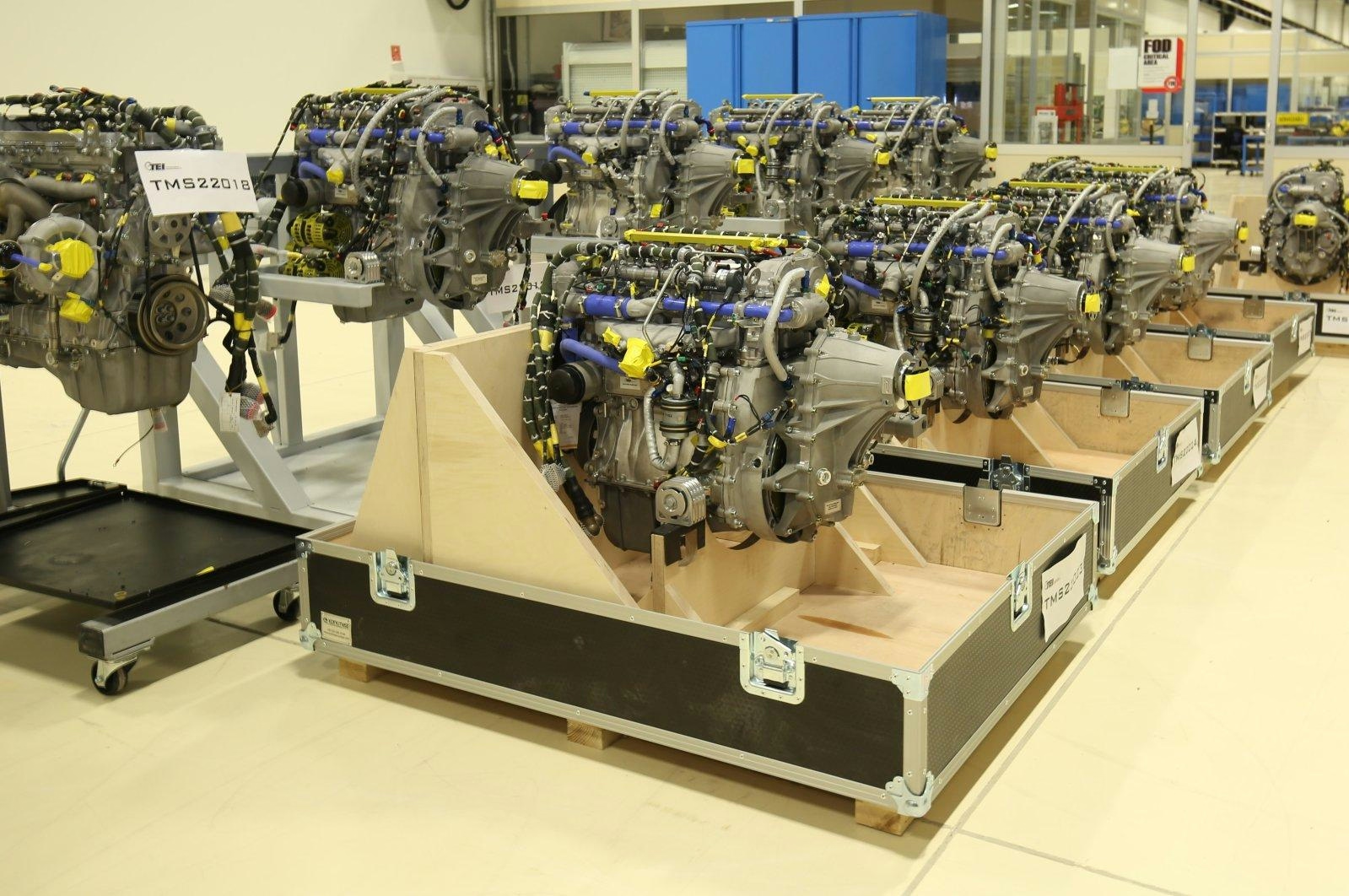
TEI Wins $2.95 Billion in Aviation Engine Export Orders
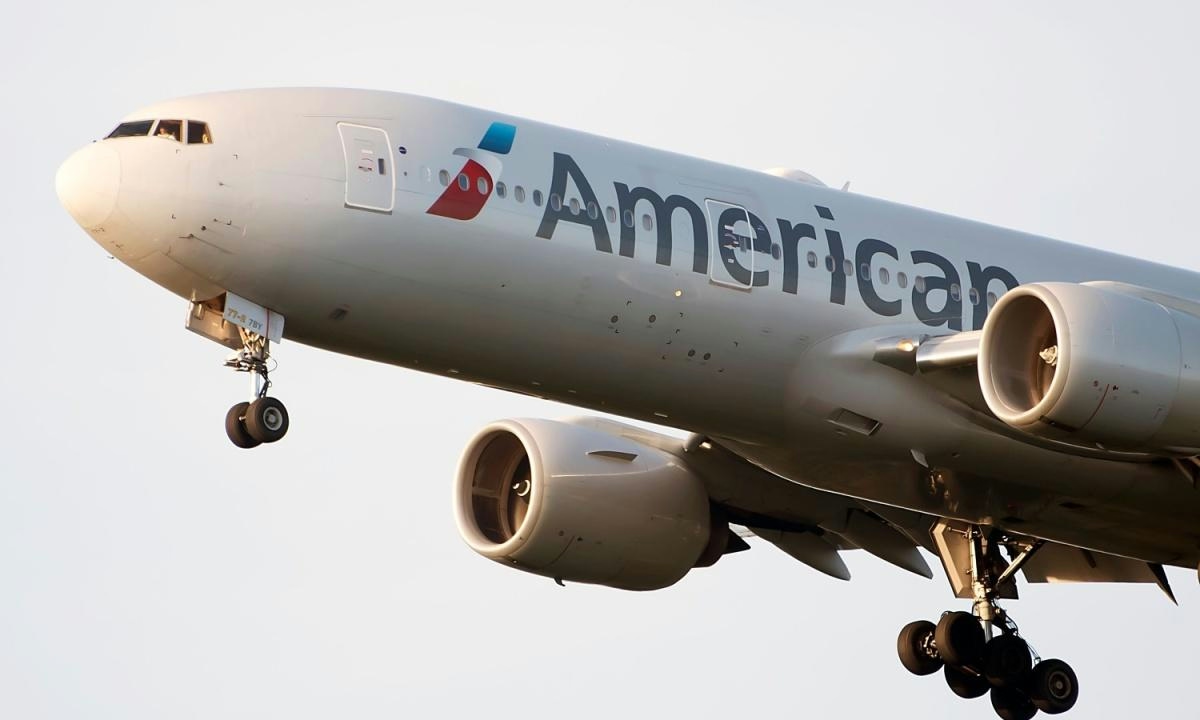
American Airlines’ Plans for Artificial Intelligence
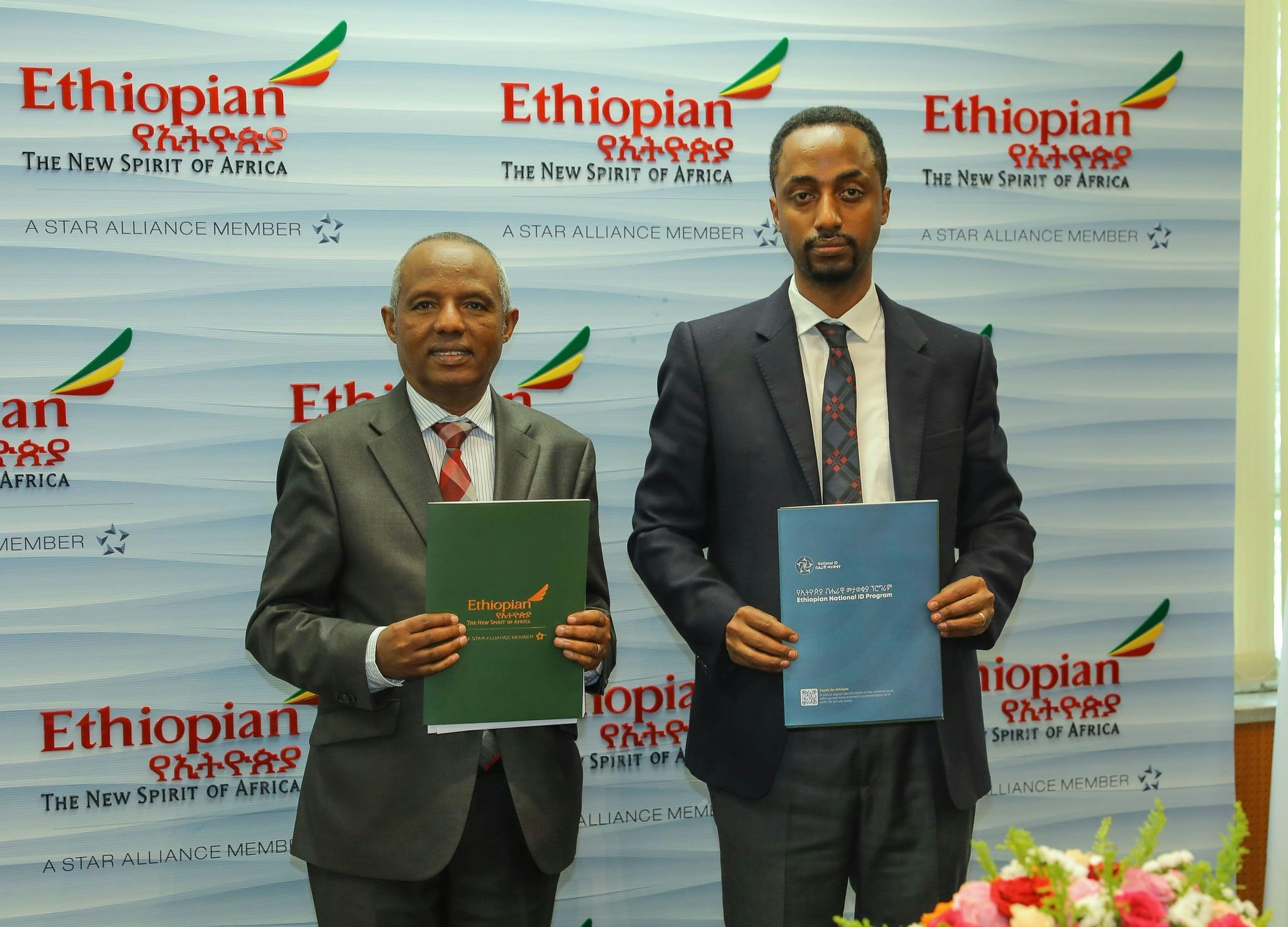
Ethiopian Airlines Collaborates with Nucore Technologies on Digital Initiatives

FAA Issues Airworthiness Directive for GE90 Engines After Powder Metal Contamination Found

Boom Supersonic Uses Jet Engines to Power Off-Grid AI Data Center

Flying taxis could take off this year in Florida
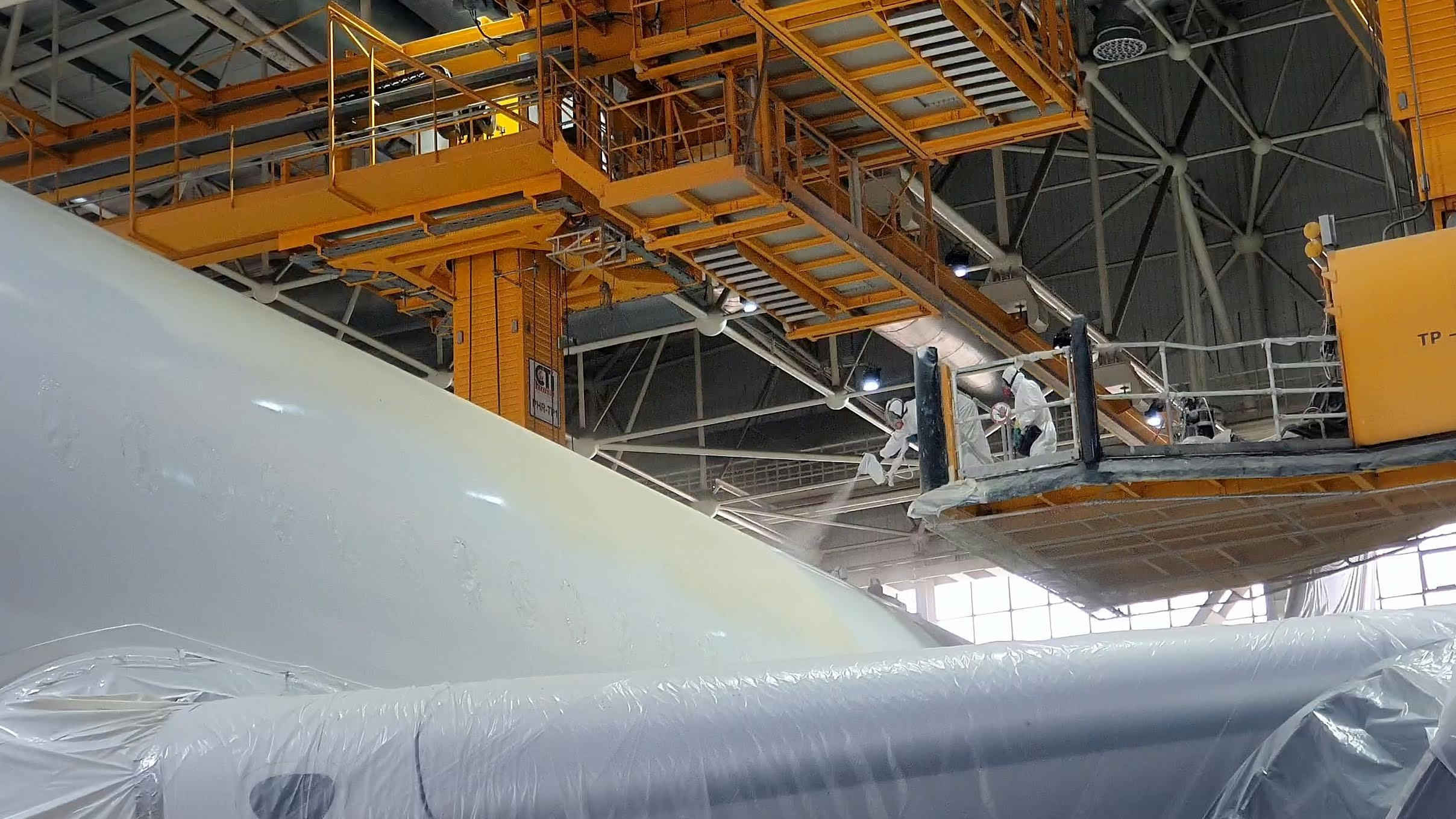
ASKY and TAAG Angola Airlines Establish In-House MRO Facilities to Support Fleet Expansion

Airbus to Release Audited 2025 Orders and Delivery Data on January 12
